The Nagoya University Alumni Association (NUAL) Philippine branch and the Philippine Genome Center (PGC) are hosting “A Virtual Celebration of World Animal Day”: Me, My Pet & My Vet on October 4, 2022. Register This webinar is free and open to the public. Register now and learn more about pet care, zoonotic infections, and join […]
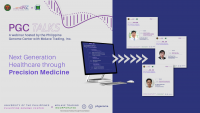
Pharmacogenomics Webinar
A collaborative webinar between the Philippine Genome Center and Molave Trading Inc. which aims to introduce microarray and its applications in precision medicine and pharmacogenomics. This webinar is free and open to the public. Registration will be open until July 22, 2022.

Protein Analysis in the Spotlight: A Workshop on MWS and CD Techniques and Applications
The Protein, Proteomics, and Metabolomics Facility (PPMF) will be holding a workshop from July 11 to 15, 2022 entitled “Protein Analysis in the Spotlight: A Workshop on MWS and CD Techniques and Applications”. This workshop will highlight the application of Spectrometry techniques for Protein Analysis.

Public Consultation for the UP Policies on Human Biobanks
A webinar for the public consultation on the UP Policies on Human Biobanks Public Consultation for the UP Policies on Human Biobanks The UP Human Biobank Task Force (UPHBTF) is inviting researchers, faculty, and/or relevant stakeholders that handle human biospecimens and are involved in biobanking to a webinar which will present the UP Policies on […]
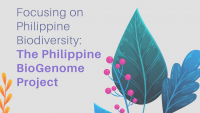
Register to the PBEF-IB webinar on April 29, 2022
A webinar hosted by the Program on Biodiversity, Ethnicity, and Forensics of the Philippine Genome Center and the Institute of Biology, University of the Philippines Diliman Focusing on Philippine Biodiversity: The Philippine BioGenome Project The Philippine BioGenome Project (PBGP) is a research initiative headed by the PGC Program on Biodiversity, Ethnicity, and Forensics (PBEF). The […]
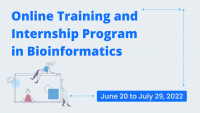
Call for Applications: PGC Bioinformatics Training & Internship Program 2022
The PGC-Core Facility for Bioinformatics is inviting Filipino college students and young professionals in science and engineering for an online training and internship program in bioinformatics.

Call for Applications: Metagenomics Bioinformatics Workshop
The PGC Core Facility for Bioinformatics, together with Noveaulab and PacBio, are conducting a two-day online training workshop on the bioinformatics analysis of 16S metagenomic data using PacBio reads. This event will be held on April 18-19, 2022 (Mon-Tue) at 1:00-5:00 PM. Interested individuals from public and private colleges, universities, and research institutions in the […]
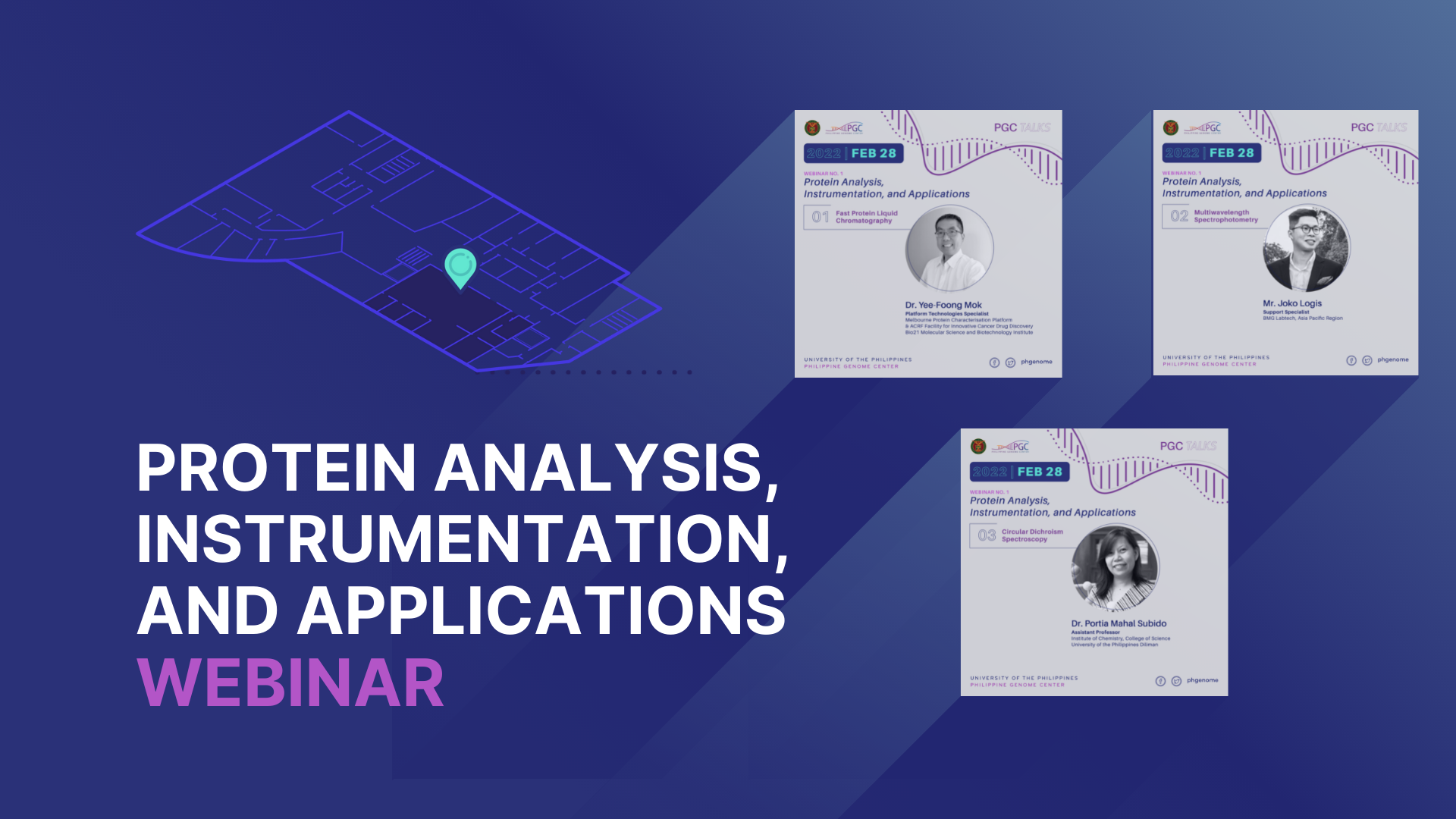
PPMF hosts #PGCTalks webinar on Feb. 28, 2022
#PGCTalks – PPMF webinar Protein Analysis, Instrumentation, and Applications Webinar The Protein, Proteomics, and Metabolomics Facility is hosting a #PGCTalks webinar on February 28, 2022 at 1 – 4 pm. Invited speakers will discuss the basic principles and applications of FPLC, Multiwavelength Spectrophotometer, and Circular Dichroism Spectropolarimeter. A Question-and-Answer portion will be held after the presentations. […]
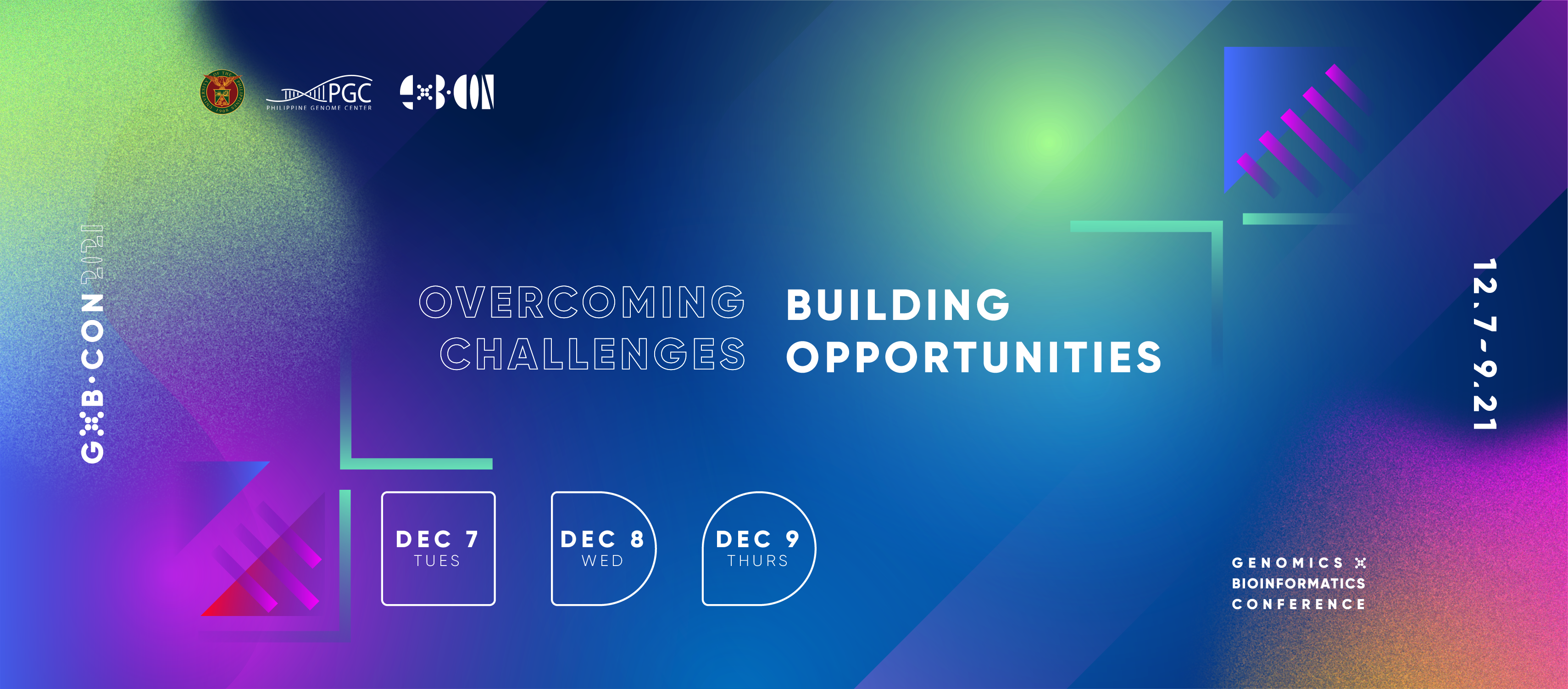
GxB CON 2021: Overcoming Challenges, Building Opportunities
The Philippine Genome Center (PGC) is hosting the Genomics and Bioinformatics Conference 2021 on December 7-9, themed Overcoming Challenges, Building Opportunities—the 3-day conference will consist of talks from experts in health, agriculture, livestock, and fisheries as well as in biodiversity, ethnicity, and forensics.
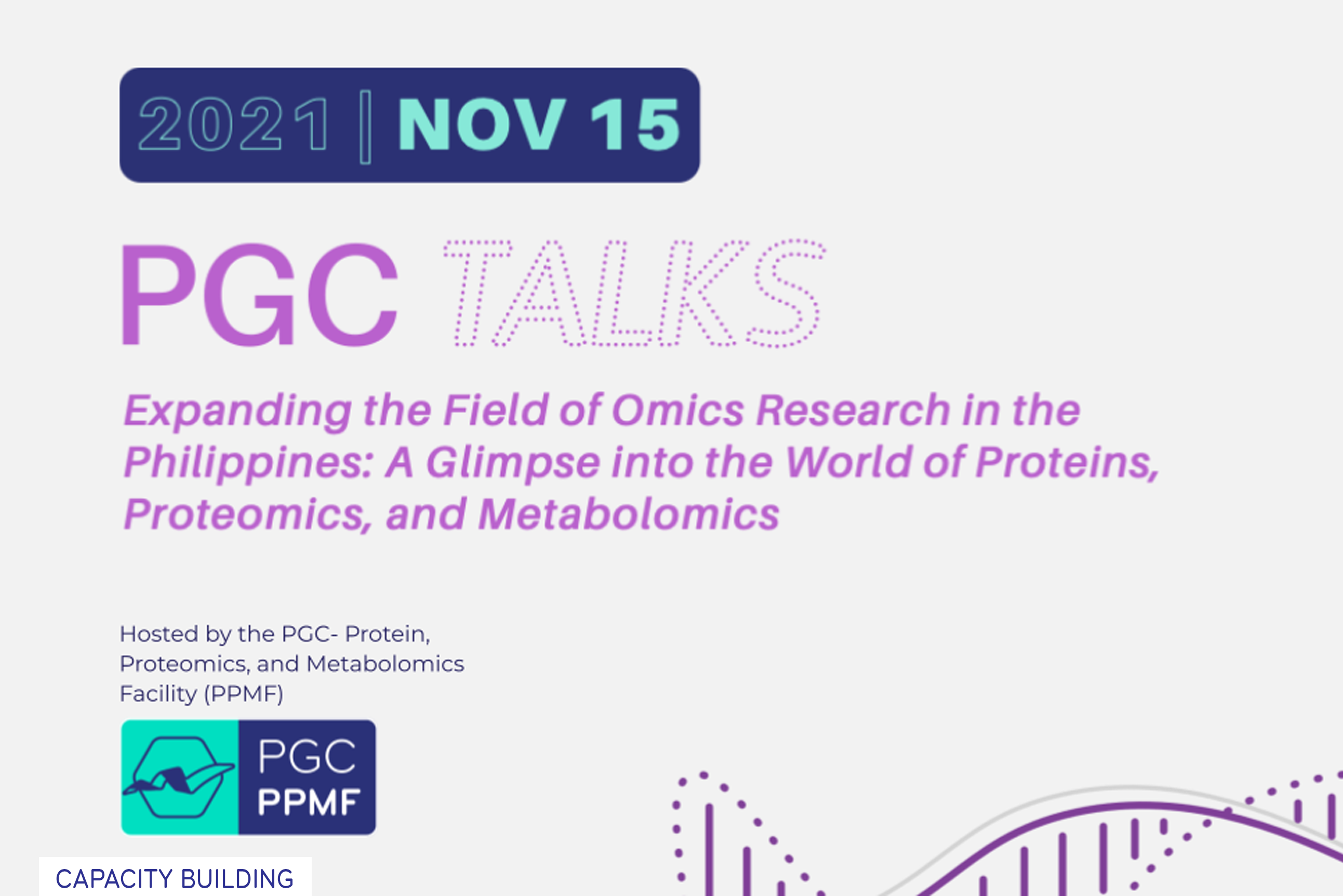
#PGCTalks – PPMF Webinar
Expanding the Field of Omics Research in the Philippines: A Glimpse into the World of Proteins, Proteomics, and Metabolomics #PGCTalks REGISTER Date: November 15, 2021, Friday, 1:15-3:10pm This webinar is open to the public and registration is free. Registration will close on November 10, 2021. Newly launched PGC core facility PPMF is hosting #PGCTalks on […]

